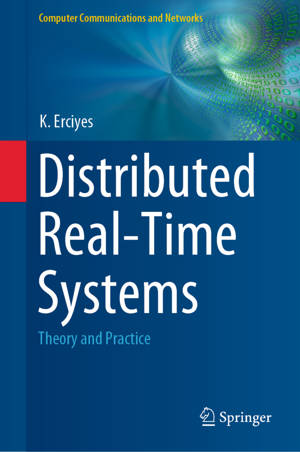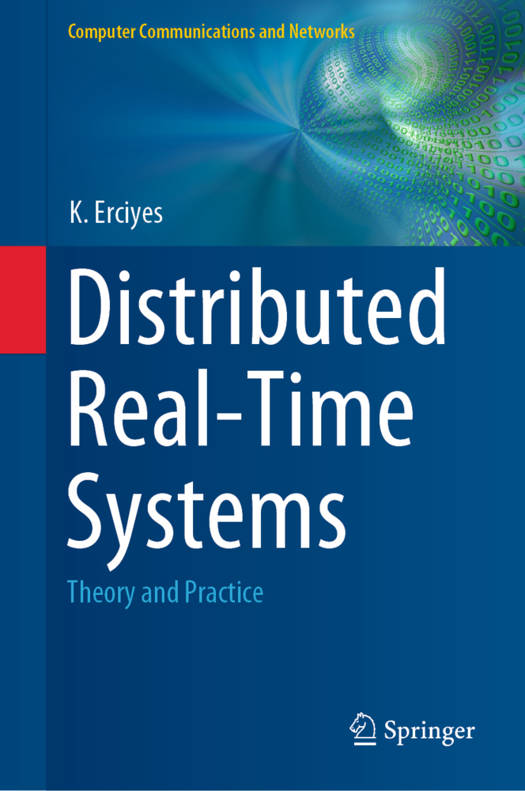
- Afhalen na 1 uur in een winkel met voorraad
- Gratis thuislevering in België vanaf € 30
- Ruim aanbod met 7 miljoen producten
- Afhalen na 1 uur in een winkel met voorraad
- Gratis thuislevering in België vanaf € 30
- Ruim aanbod met 7 miljoen producten
Omschrijving
This classroom-tested textbook describes the design and implementation of software for distributed real-time systems, using a bottom-up approach. The text addresses common challenges faced in software projects involving real-time systems, and presents a novel method for simply and effectively performing all of the software engineering steps. Each chapter opens with a discussion of the core concepts, together with a review of the relevant methods and available software. This is then followed with a description of the implementation of the concepts in a sample kernel, complete with executable code.
Topics and features: introduces the fundamentals of real-time systems, including real-time architecture and distributed real-time systems; presents a focus on the real-time operating system, covering the concepts of task, memory, and input/output management; provides a detailed step-by-step construction of a real-time operating system kernel, which is then used to test various higher level implementations; describes periodic and aperiodic scheduling, resource management, and distributed scheduling; reviews the process of application design from high-level design methods to low-level details of design and implementation; surveys real-time programming languages and fault tolerance techniques; includes end-of-chapter review questions, extensive C code, numerous examples, and a case study implementing the methods in real-world applications; supplies additional material at an associated website.Requiring only a basic background in computer architecture and operating systems, this practically-oriented work is an invaluable study aid for senior undergraduate and graduate-level students of electrical and computer engineering, and computer science. The text will also serve as a useful general reference for researchers interested in real-time systems.
Specificaties
Betrokkenen
- Auteur(s):
- Uitgeverij:
Inhoud
- Aantal bladzijden:
- 341
- Taal:
- Engels
- Reeks:
Eigenschappen
- Productcode (EAN):
- 9783030225698
- Verschijningsdatum:
- 5/08/2019
- Uitvoering:
- Hardcover
- Formaat:
- Genaaid
- Afmetingen:
- 156 mm x 234 mm
- Gewicht:
- 680 g

Alleen bij Standaard Boekhandel
Beoordelingen
We publiceren alleen reviews die voldoen aan de voorwaarden voor reviews. Bekijk onze voorwaarden voor reviews.











